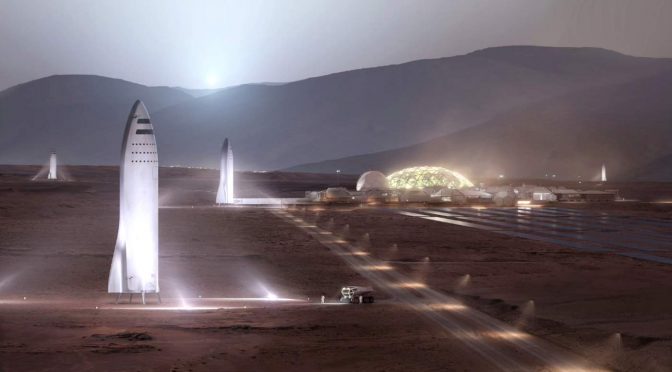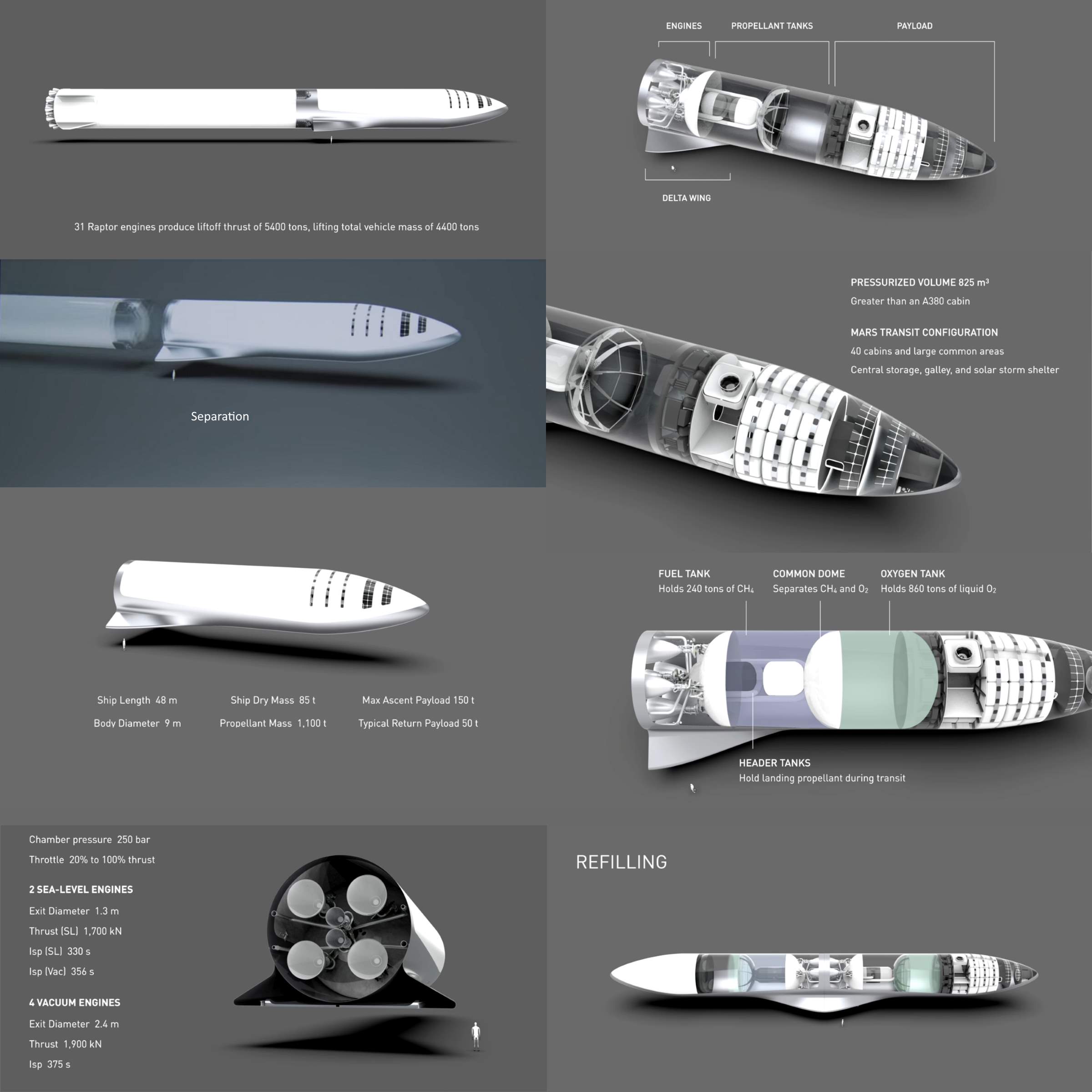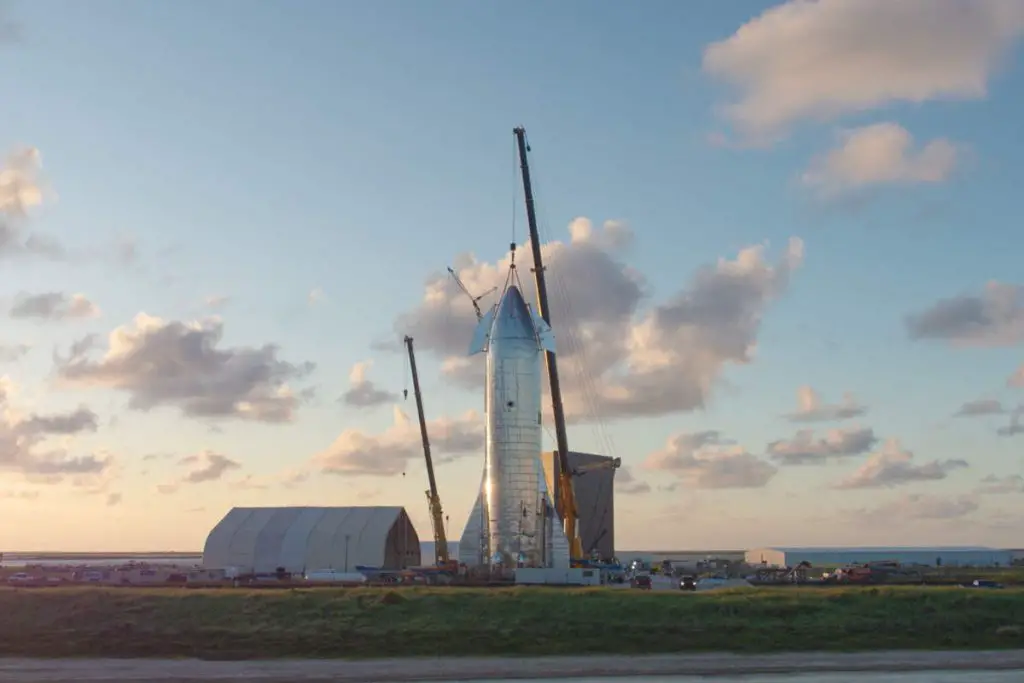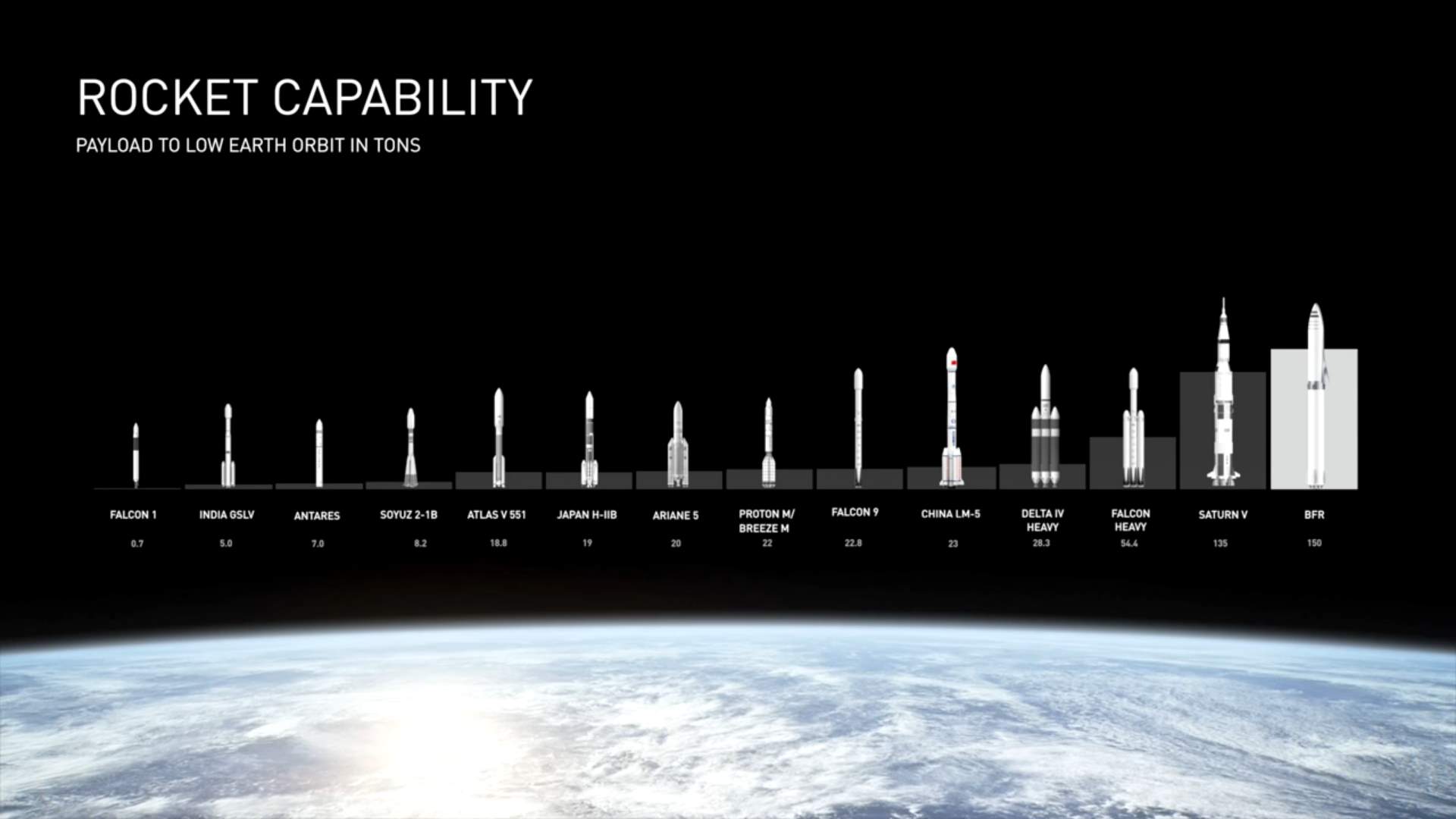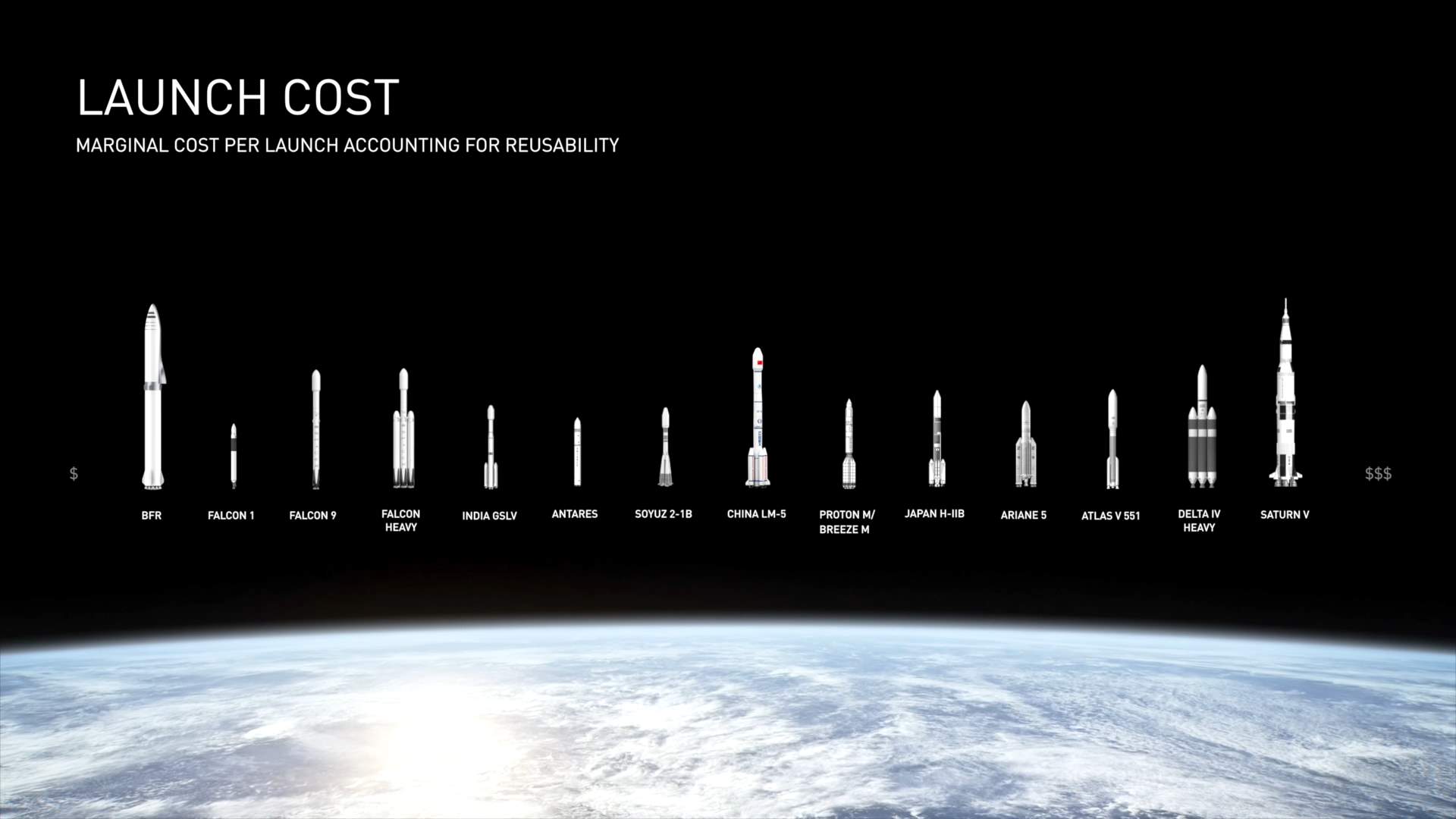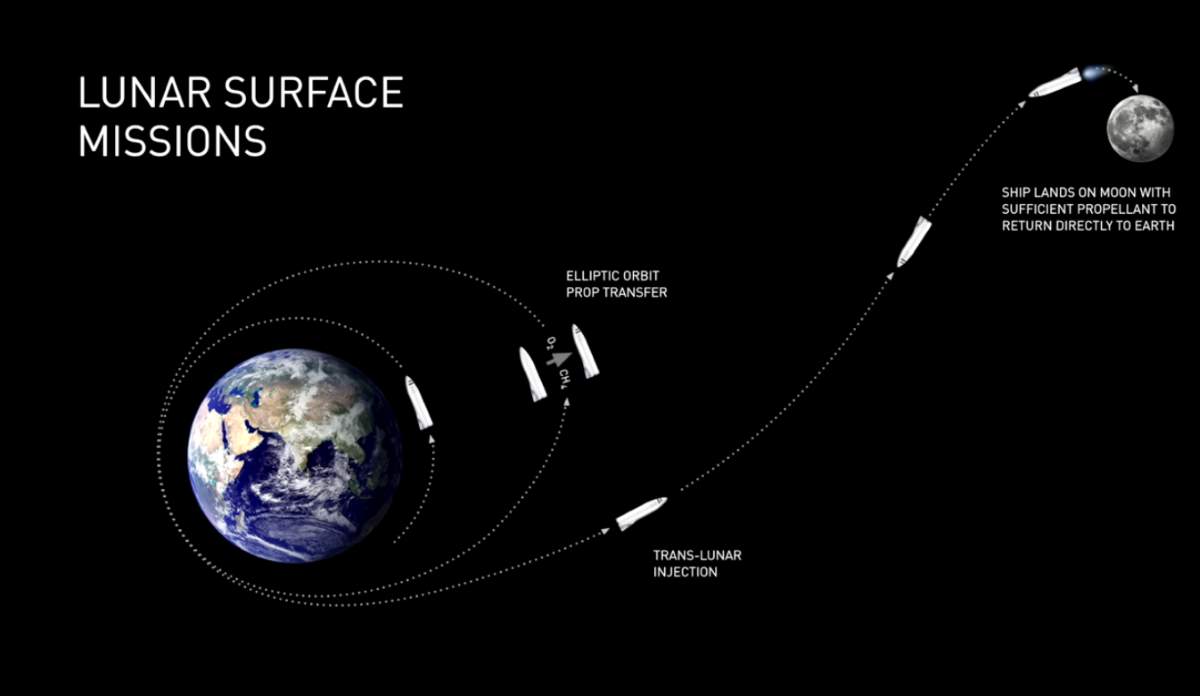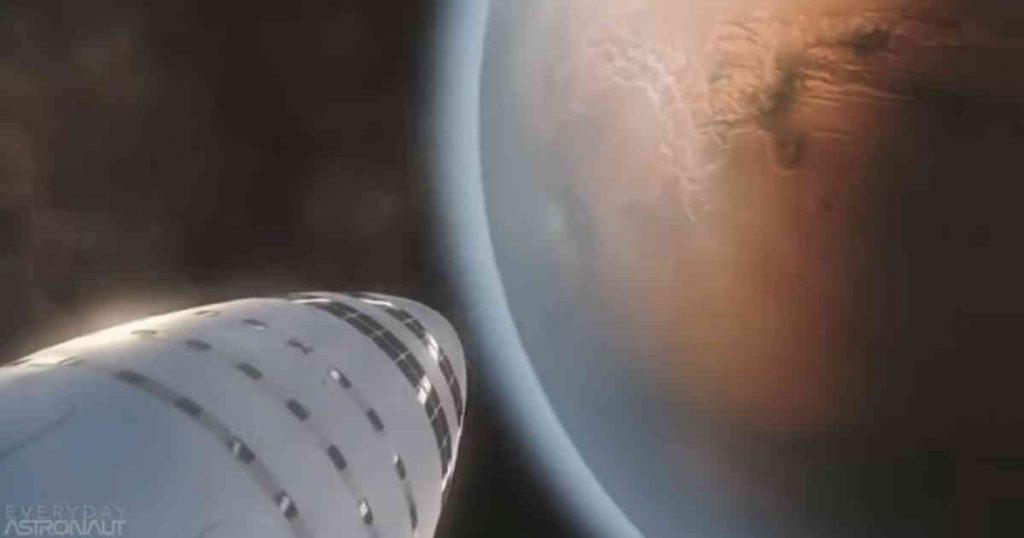The billionaire founder of SpaceX, Elon Musk has revealed a new plan to colonize Moon and Mars with giant reusable spaceships. He provided an update on their Mars colonization plan at the International Astronautical Congress (IAC, see notes 1) in Adelaide, Australia this week. Musk plans to send 1 million people to Mars using BFR (see notes 2), and “making life multiplanetary”. He has highly ambitious plans, like launching and landing at least two uncrewed cargo ships on Mars as early as 2022.
The newly announced BFR is smaller than the one Musk revealed at the same event last year, 106 meters (348 feet) tall and carrying capacity of 150 tonnes compared to the previous design’s 122 meters (400 feet) and 300 tonnes. But, (naturally) it’s way cheaper than the previously announced version, and according to Musk, “lower cost is the biggest update”. And, still, it is more powerful than any of SpaceX’s or NASA’s other planned rockets.
Making Life Multiplanetary: here are the higlights
“The future is vastly more exciting and interesting if we’re spacefaring civilization and a multi-planet species than if we’re not.”
–Elon Musk
Tests
- Liquid oxygen tank test. Making the spaceship light is very important. So, SpaceX built a huge carbon-fiber tank which can hold 1,200 tons of liquid oxygen. The pressure test was successful. Then, to see when it’d burst, they threw it about 300 feet (91 meters) in the air and the tank landed in the ocean. Musk says “now we have pretty good sense of what it takes to create a huge carbon-fiber tank that can hold cryogenic liquid.”
- Engine test. The Raptor engine will be the highest thrust-to-weight engine ever made. A total of 42 main engine tests were carried out with over 1200 seconds of firing. The longest test was 100 seconds, while 40 seconds is typical for Mars landing. The plan is to put 31 Raptor engines on the bottom of the main booster (previously, it was announced that there would be 42 engines). They still able to give an extremely powerful lift that enough to push the spaceship itself plus 150 tons of payload into low-Earth orbit, about 250 miles (400 km) above the planet.
- Perfecting propulsive landing. In order to land on the surfaces like Moon where there is no atmosphere or Mars, where the atmosphere is too thin, you really need to make the propulsive landing perfect. Musk says “now we have 16 successful landings in a row. I think we can get to a landing reliability that is on par with the safest commercial airliners.” Previously, a Falcon 9 rocket even landed on a barge in the middle of the ocean.
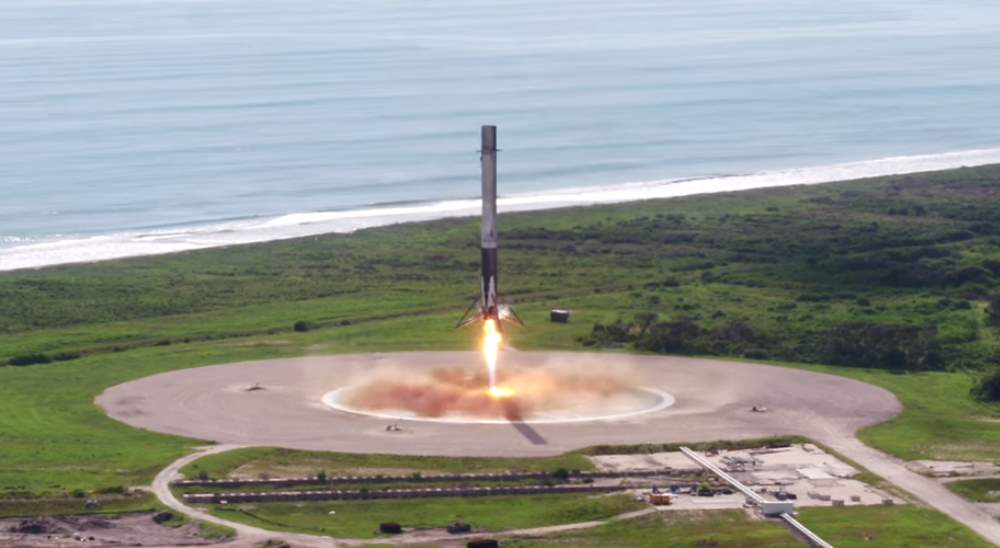
Key concepts
- In order to build a self-sustaining base on Mars, or on Moon, or elsewhere, you need ultimately many thousands of spaceships which means you need many launches per day.
- A key technology is automated rendezvous and landing with very high precision. This would allow easy refueling of the BFR in space. SpaceX has already perfected this technique with its Dragon 1 spacecraft at the International Space Station. Dragon 2, which will be launched in 2018, will directly dock with the ISS with zero human intervention.
- Dragon spacecraft also gave SpaceX a chance to work on the heat shield technology. It is one of the key parts of any planet colonizing system.
The Evolution of SpaceX Rockets
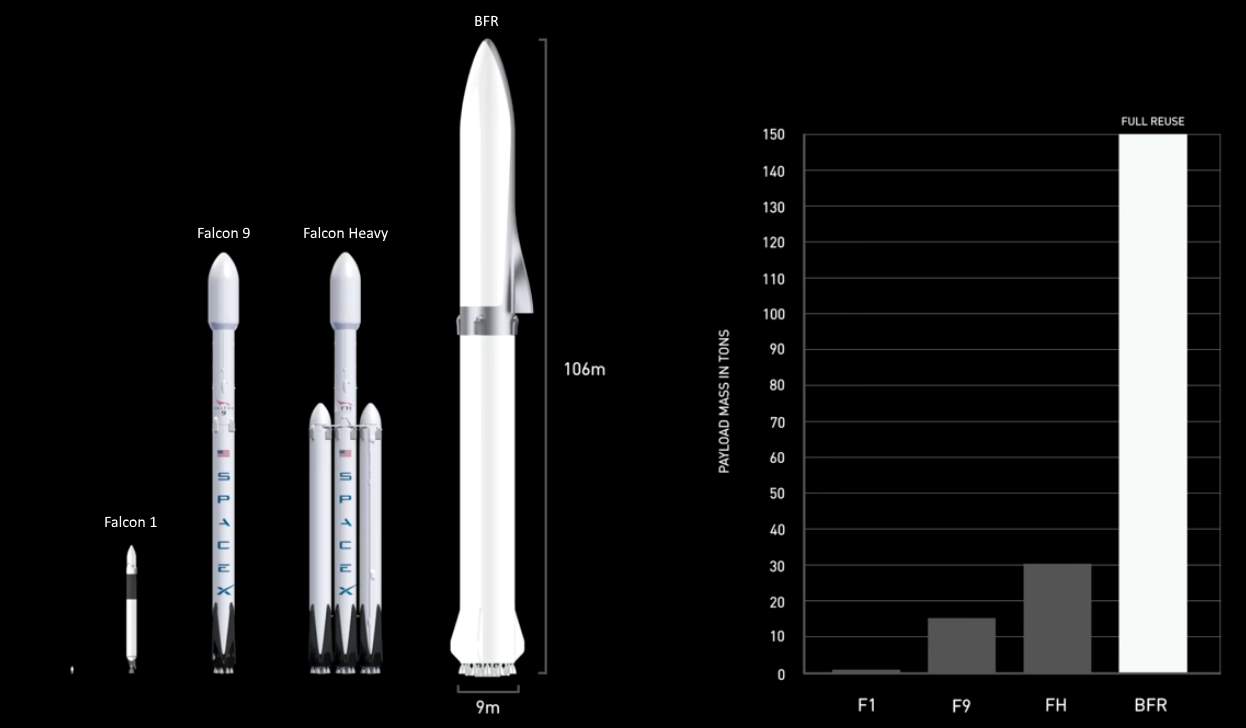
Falcon 1
Falcon 1 was a two-stage-to-orbit launch vehicle privately developed and manufactured by SpaceX during 2006–2009. It was 21.3 meters (70 feet) tall with a diameter of 1.7 meters (5.5 feet). Its weight was 38,555 kg (85,000 lb) with a payload capacity of between 670 kg (1480 lb) to the Low Earth Orbit (LEO, see notes 3) and 430 kg (990 lb) to the Sun-synchronous orbit (SSO, see notes 4).
Falcon 1 achieved orbit in September 2008 on its fourth attempt, with a mass simulator as a payload. On July 14, 2009, it made its final flight (fifth launch overall) and successfully delivered the Malaysian RazakSAT satellite to orbit. It was also SpaceX’s first commercial launch. Following this last launch, Falcon 1 was retired and succeeded by Falcon 9.
Elon Musk says “9 years ago SpaceX nearly failed itself out of existence: the first three launches failed. And fortunately, the fourth launch, which was the last money that we had for Falcon 1. That fourth launch worked.”
Falcon 9
Falcon 9 is also a two-stage-to-orbit launch vehicle like Falcon 1. It is named for its use of nine first-stage engines. The “Full Thrust” version is 70 meters (230 feet) tall with a diameter of 3.7 meters (12 feet). It can lift payloads of up to 22,800 kilograms (50,300 lb) to low Earth orbit, and up to 8,300 kg (18,300 lb) to geostationary transfer orbit (GTO, see notes 5). The initial version 1.0 flew five times from June 2010 to March 2013, version 1.1 flew fifteen times from September 2013 to January 2016, and the current Full Thrust version has been in service since December 2015.
Falcon Heavy
Falcon Heavy, previously known as the Falcon 9 Heavy, is a variant of the Falcon 9 launch vehicle and will consist of a strengthened Falcon 9 rocket core, with two additional Falcon 9 first stages as strap-on boosters. With the ability to lift into orbit over 54 metric tons (119,000 lb) – a mass equivalent to a 737 jetliner loaded with passengers, crew, luggage, and fuel. Falcon Heavy can lift more than twice the payload of the next closest operational vehicle, the Delta IV Heavy, at one-third the cost.
Falcon Heavy draws upon the proven heritage and reliability of Falcon 9. Its first stage is composed of three Falcon 9 nine-engine cores whose 27 Merlin engines together generate more than 5 million pounds of thrust at liftoff, equal to approximately eighteen 747 aircraft. Only the Saturn V moon rocket, last flown in 1973, delivered more payload to orbit. Falcon Heavy was designed from the outset to carry humans into space and restore the possibility of flying missions with crew to the Moon or Mars.
BFR
Announced in September 2017, it is SpaceX’s privately-funded launch vehicle, spacecraft, and space and ground infrastructure system. The newly updated launch vehicle system would be a 9-meter (30 ft) diameter technology, using methalox-fueled Raptor rocket engine technology directed initially at the Earth-orbit and cislunar near-Earth environment before, later, being used for Mars missions. The updated (smaller) BFR is 106 meters (348 feet) tall.
BFS
SpaceX’s interplanetary spaceship is the BFS, or “Big Fragging Spaceship”. Its diameter will be the same as the BFR, 9 meters (30 feet). Its length will be 48 meters (158 feet) with a dry mass of 85 metric tons (187,393 lb). Its propellant mass will be 1,100 metric tons (2,425,087 lb). The maximum ascent payload will be 150 tons (330,694 lb) with a typical return payload of 50 tons (110,231 lb).
The upper half of the spaceship will be dedicated to the payload, where enough cargo could fit to fill an Airbus A380 airplane (the world’s largest passenger airliner which transports hundreds of people on long-distance international flights). The Mars transit configuration will have 40 cabins (each cabin can hold up to 5-6 people, but Musk says there will be probably 2-3 people in each cabin) and large common areas. So there will be around 100 people per flight to Mars.
The fin-like small delta wing at the back of the spaceship will help stabilize the craft during launch and landing, no matter where it goes in the solar system – Earth, the moon, Mars, or even more distant worlds. That feature will expand the mission envelope of the BFR spaceship whether it lands or enters a planet or moon that has no atmosphere, a thin atmosphere, or a dense atmosphere. There will be also a solar storm shelter and large entertainment areas.
For refilling, the two ships (BFS and the fuel carrier) will be connected at their rear sections. They will use the same mating interface. The propellant will be settled by milli-G acceleration using control thrusters.
Rocket payload capabilities
Here are the payload capabilities of various rocket systems to the Low Earth Orbit (LEO). BFR will be the largest and the most powerful rocket system ever developed. As of 2017, the Saturn V remains the tallest, heaviest, and most powerful (highest total impulse) rocket ever brought to operational status, and holds records for the heaviest payload launched and largest payload capacity to LEO of 140,000 kg (310,000 lb). Saturn 5 was used by NASA between 1967 and 1973 and took us to the Moon.
Rocket Launch Costs
According to Musk, the BFR will have the cheapest launch cost – and the key is reusability. He says “it’s really crazy that we build these sophisticated rockets, and then crash them every time we fly. This is mad … reusability is absolutely fundamental.”
He uses commercial aviation as an example. A small single-engine turbo-prop aircraft costs $1 million to $2 million, he says, and it even can’t get from Los Angeles to Australia. But a fully reusable giant aircraft like a Boeing 747 -while initially costs at least three times than a tiny expandable aircraft- costs about $500,000 to charter the flight and can carry hundreds of people.
The Value of Orbital Refilling
Musk says the orbital refilling is also extremely important. “If you just fly BFR to orbit and don’t do any refilling, you get 150 tons to the Low Earth Orbit and have no fuels to get anywhere else. However, if you send tankers and refill in orbit, you can get 150 tons all the way to Mars.”
Funding the Mars voyages
Musk says once the system is built and shown to work, it would begin to pay for itself in many possible ways. Here are some of them:
- Launching satellites into orbit. “Having a 9-meter diameter vehicle is a huge enabler for new satellites. We can actually send something that is almost nine meters in diameter to orbit. For example, if you want to have a new Hubble (see notes 6), you can send a mirror that has 10 times the surface area of the current Hubble as a single unit, doesn’t have to unfold or anything. Or you can send a large number of small satellites. You can also collect old satellites and space debris.”
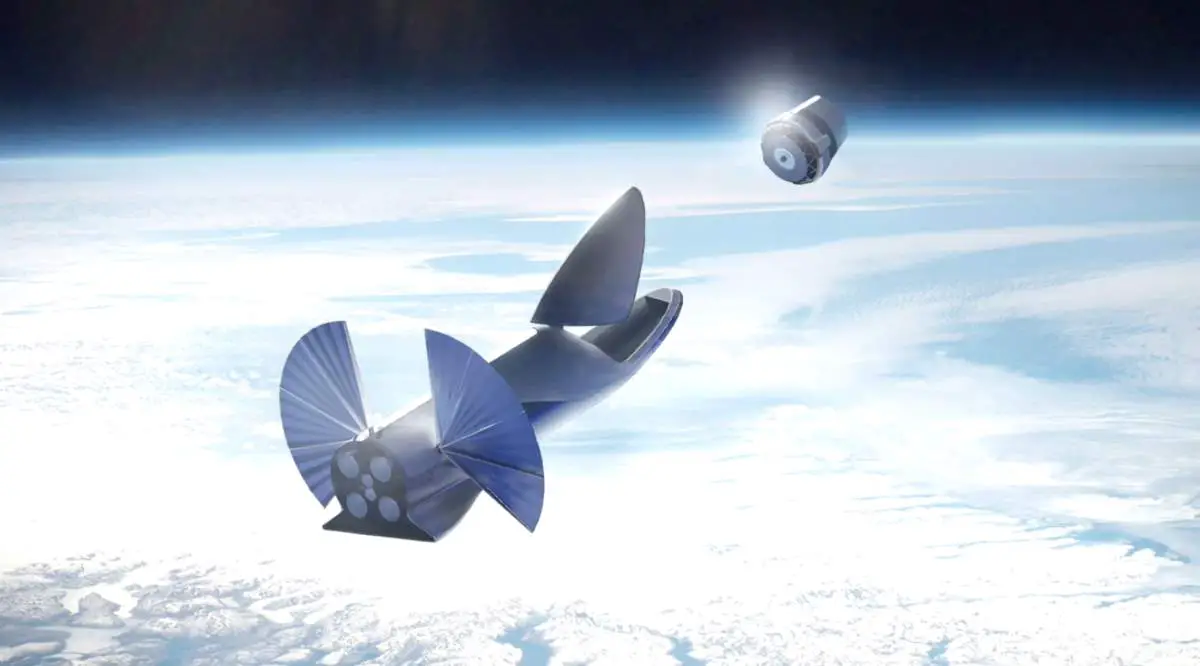
Servicing the International Space Station. BFS also can do what Dragon spacecraft (see notes 7) does today, with a much larger volume: transporting cargo and people to the International Space Station.
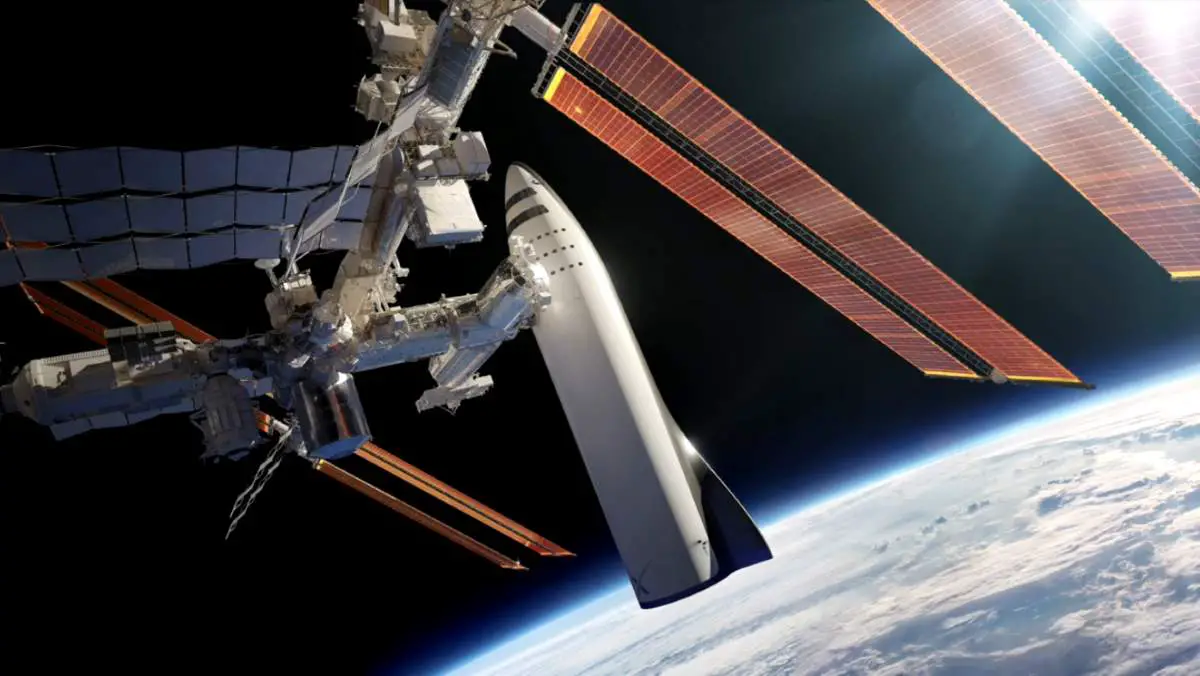
Lunar Surface Missions and Building a Permanent Moon Base
Musk says we could use the BFS for future Lunar surface missions with no propellant production on the surface of Moon. If we send the spacecraft to a high elliptic “parking orbit”, we can go all the way to the Moon and back with a trans-lunar fuel injection.
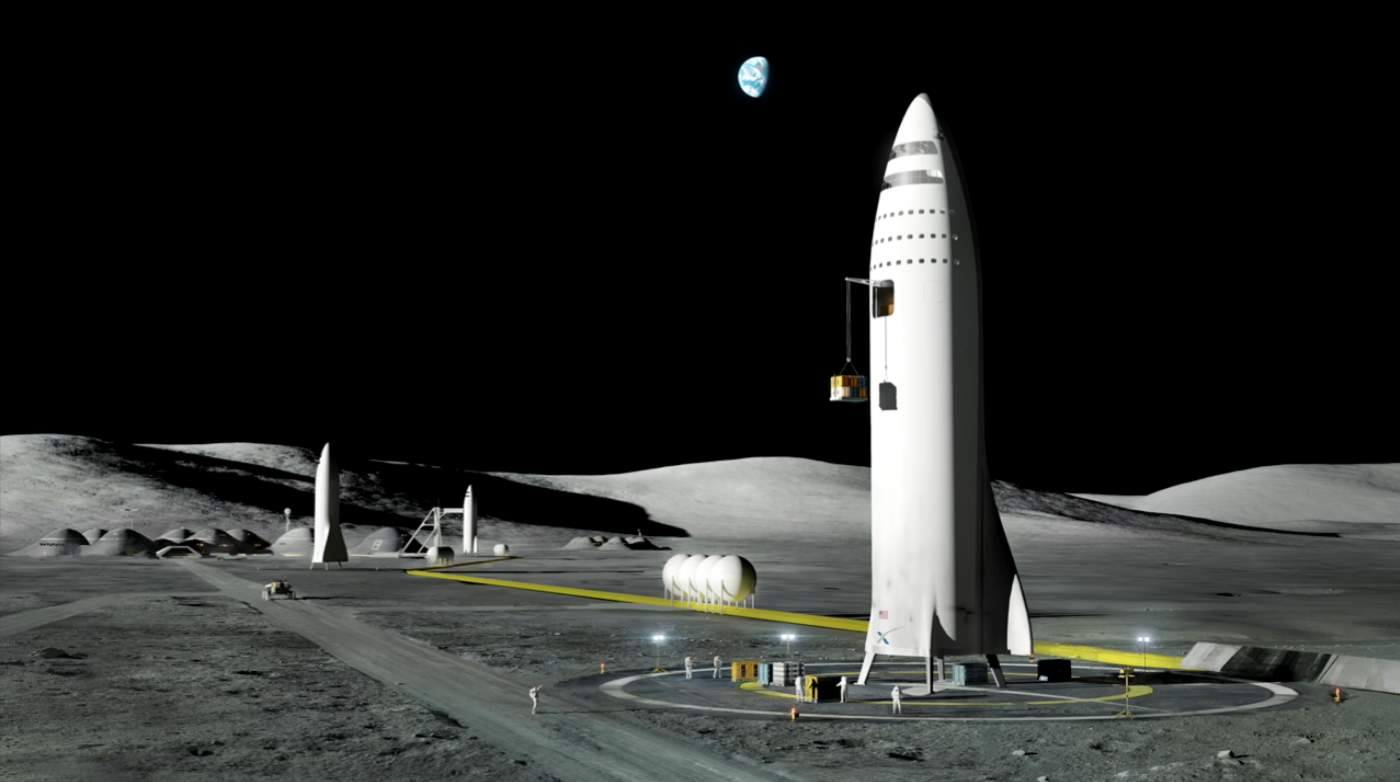
Musk says “That (lunar surface missions) would enable the creation of Moon Base Alpha (see notes 8) or some sort of lunar base. It’s 2017 – we should have a lunar base by now (see notes 9). What the hell’s going on?”
Mars Transportation Architecture
In order to send one BFS to Mars, we’d need four other
- Booster accelerates the BFS and tankers and returns back to the launch site on Earth.
- The ship flies into Earth orbit.
- Tankers refill the ship and return to the Earth.
- The refilled ship travels to Mars.
- Ship refilled on Mars using local resources.
- Ship performs Mars ascent and direct return to Earth. “Because Mars has lower gravity than Earth, you do not need a booster – you can go all the way from the surface of Mars to the surface of Earth just using the ship
, “ says Musk.
Initial Mars Mission Goals
SpaceX is really pursuing an aggressive timeline to make the BFR and BFS a reality. Here are the initial Mars mission goals, as early as 2022. “We’ve already started building the system,” says Musk. “The tooling for the main tanks has been ordered. The facility is being built. We will start the construction of the first ship around the second quarter of 2018. I feel fairly confident that we can complete the ship and be ready for a launch in about five years.” (see notes 10)
The Earth has a shorter orbital period than Mars, it passes in between Mars and the Sun approximately every 780 days, or 2 years and 50 days. So, every two years, there’s an opportunity to fly to Mars.
- 2022: Cargo Missions (Musk says 2022 was not a typo)
- Land at least 2 cargo ships on Mars
- Confirm water resources and identify hazards
- Place power, mining, and life support infrastructure for future flights
- 2024: Cargo and Crew Missions
- 2 crew ships take first people to Mars
- 2 cargo ships bring more equipment and supplies
- Set up propellant production plant
- Build up base to prepare the expansion
Later goals: building up a Martian city, terraforming Mars
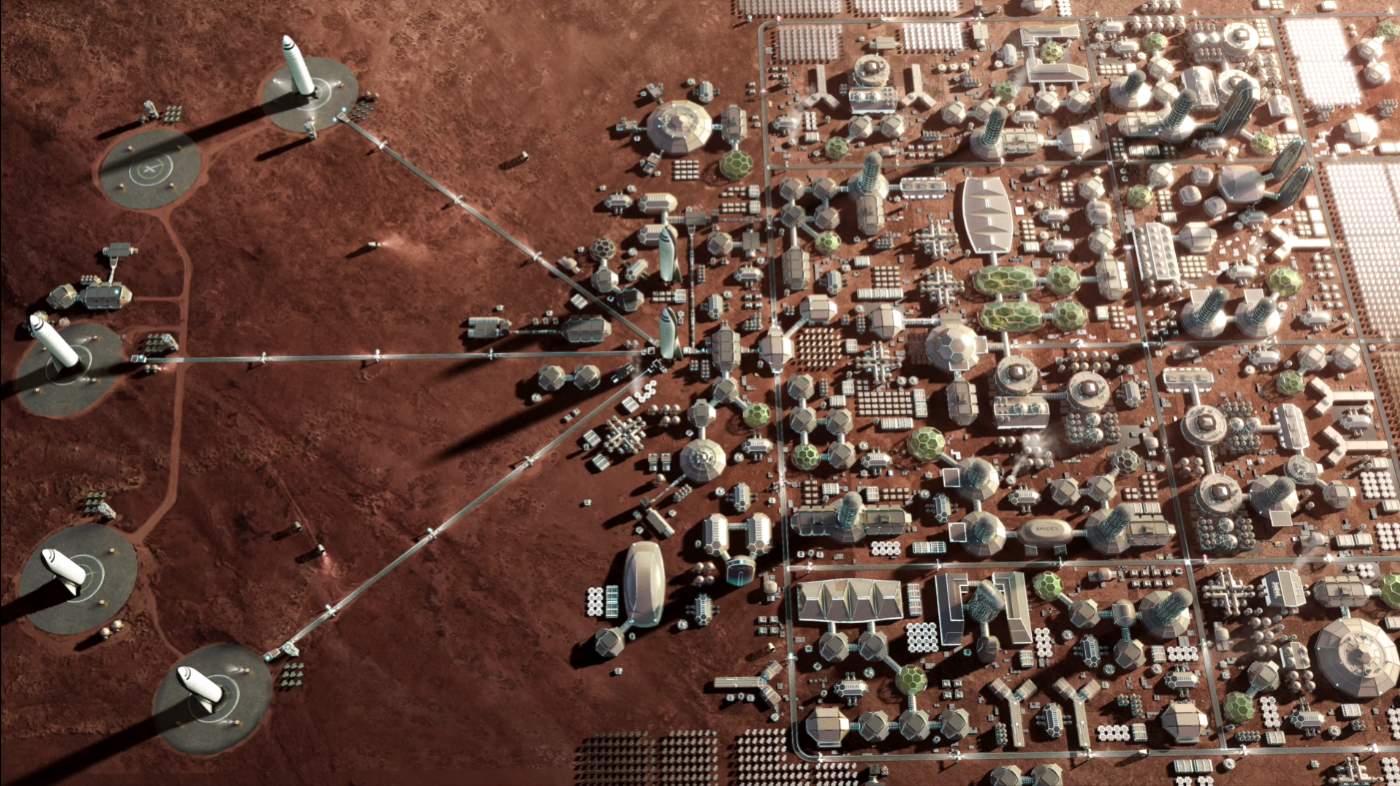
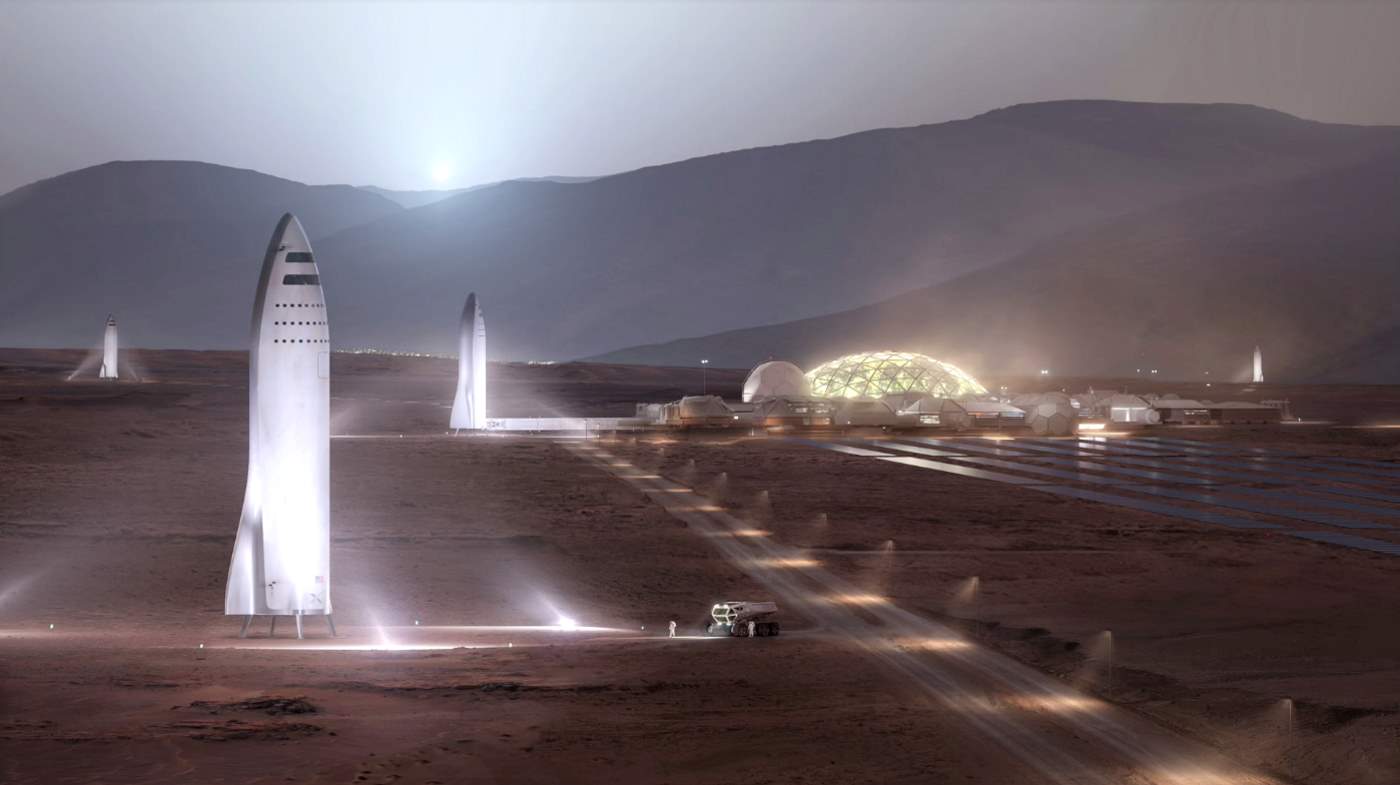
Musk says “…building the base starting with one ship, then multiple ships, then start building up the city, then making the city bigger, and even bigger… and over time terraforming Mars, and making it really a nice place to be.”
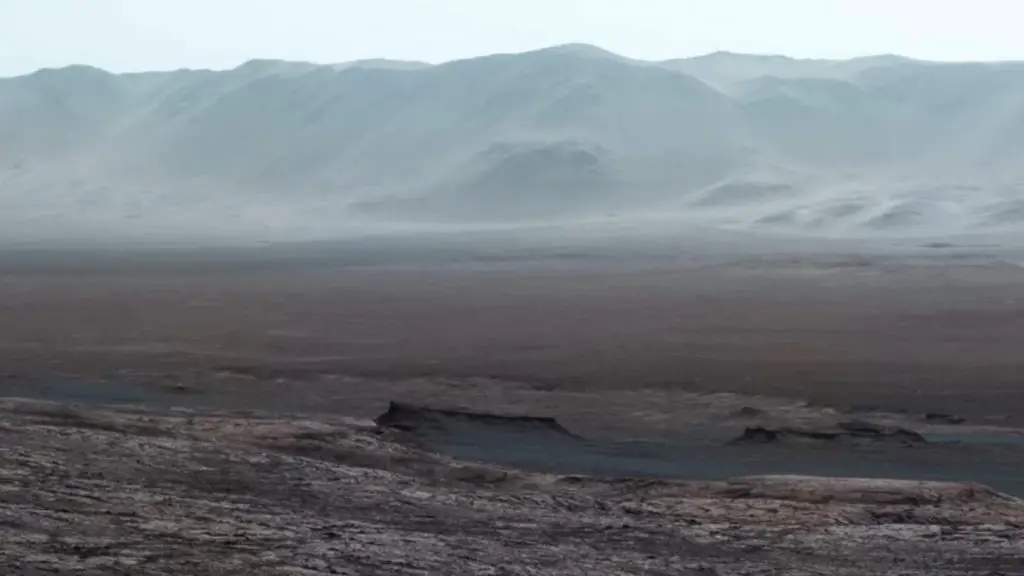
Related: Terraforming Mars – why it’s so hard
Rapid transportation by spaceship between two points on Earth?
At the end of his presentation, Musk offered another practical use of a spaceship that is capable of going to Mars: very rapid transportation between two points on Earth. Here’s the animation of the proposed travel scheme below.
“Making Life Multiplanetary” – The full presentation
Here is the full presentation published by the SpaceX Channel titled “Making Life Multiplanetary”.
Notes
- Every year, the International Astronautical Federation (an international space advocacy organization based in Paris) together with the International Academy of Astronautics (a non-governmental organization of experts committed to expanding the frontiers of space, established in Stockholm, Sweden in 1960) and the International Institute of Space Law (IISL), holds the International Astronautical Congress (IAC) which is hosted by one of the national society members of the IAF. They are an annual meeting of the actors in the discipline of space and are generally held in late September or early October.
- BFR – the first and last letters stand for “big” and “rocket”. It is probably the acronym of “Big Fragging Rocket”. The name coined by Musk personally in reference to the BFG 9000 (Big Fragging Gun) from the 1993 video game Doom. It can also be the acronym of “Big Falcon Rocket”.
- Low Earth orbit (LEO) is an orbit around Earth with an altitude between 160 kilometers (99 mi) (orbital period of about 88 minutes), and 2,000 kilometers (1,200 mi) (orbital period of about 127 minutes).
- A Sun-synchronous orbit (SSO, also called a heliosynchronous orbit) is a nearly polar orbit around Earth (also called the geocentric orbit) in which the satellite passes over any given point of the planet’s surface at the same local solar time. Such an orbit can place a satellite in constant sunlight.
- Geostationary transfer orbit (GTO) is a highly elliptical Earth orbit with an apogee of 42,164 km (26,199 mi), or 35,786 km (22,236 mi) above sea level, which corresponds to the geostationary altitude.
- Musk refers to the Hubble Space Telescope which was launched into low Earth orbit in 1990 and remains in operation. Its dimensions are 13.2 × 4.2 meters (43.3 × 13.8 feet). Its mirror is 2.4-meter (7.9 feet).
- Dragon is a reusable spacecraft developed by SpaceX. It is a free-flying spacecraft designed to deliver both cargo and people to orbiting destinations. Dragon made history in 2012 when it became the first commercial spacecraft in history to deliver cargo to the International Space Station and safely return cargo to Earth, a feat previously achieved only by governments. It is the only spacecraft currently flying that is capable of returning significant amounts of cargo to Earth. Currently, Dragon carries cargo to space, but it was designed from the beginning to carry humans. Under an agreement with NASA, SpaceX is now developing the refinements that will enable Dragon to
the flight crew. Dragon’s first manned test flight is expected to take place as early as 2018. - Moonbase Alpha is a fictional Moonbase and the main setting in the British science fiction television series Space: 1999 which was aired between 1974 and 1977.
- Musk again refers to Space: 1999 TV series. In the 1970s, people were dreaming a large, complicated Moon base (Alpha) by 1999. Now, in 2017, we are still so far away from that.
- Keep in mind that Musk has a reputation for setting deadlines that he cannot meet.
Sources
- iac2017.org
- International Astronautical Congress on Wikipedia
- Low Earth orbit on Wikipedia
- Sun-synchronous orbit on Wikipedia
- Falcon 1 on Wikipedia
- Falcon 9 on Wikipedia
- Geostationary transfer orbit on Wikipedia
- Falcon Heavy on Wikipedia
- Falcon Heavy on SpaceX.com
- Space Shuttle Endeavour’s Touchdown Meets Columbia’s Salute [An amazing photo from the past] - February 29, 2024
- Moon Landings: All-Time List [1966-2024] - February 23, 2024
- From Orbit to Ordinary: 10 Earthly Applications of Space Technology - January 23, 2024
